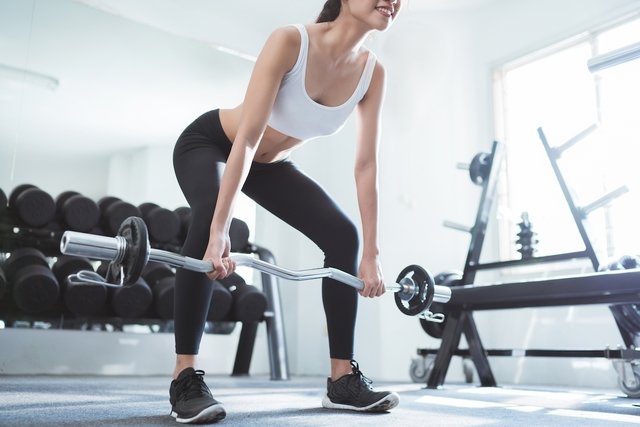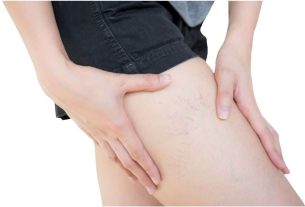The dead squat is a leg exercise recommended for strengthening the muscles of the thigh, glutes and lower back, which normally uses a bar to execute the movement.
Although it is similar, this type of squat should not be confused with the deadlift, which is an exercise that mainly uses the hips when done. Understand better what the deadlift is and how to do it.
It is important that the dead squat is initially done with the guidance of a physical education professional so that all the necessary guidance is given to perform it correctly, in order to avoid injuries.

What is it for
The dead squat is recommended for:
- Strengthening and hypertrophy of the thigh muscles, especially the quadriceps femoris;
- Strengthen the glutes;
- Define the lower limbs;
- Strengthen the lower back.
However, the dead squat is not recommended for beginners due to the care required during the exercise. Additionally, people with lower back or knee problems may experience pain or discomfort while performing it.
Differences between deadlifts and sumo squats
Although the movements in deadlifts and sumo squats are similar, deadlifts require more mobility in the hips, knees and ankles, increasing the risk of injury to these parts of the body.
Another difference is the position of the feet, which in sumo squats tend to be more outward. Check out what sumo squats are and how they are done.
How to do the dead squat
The step-by-step guide to doing the dead squat is as follows:
- Place a support bar on the floor close to your body;
- Facing the bar, place your feet approximately shoulder-width apart and with their toes slightly facing outward;
- Lower your body and hold the bar with one of your palms facing forward and the other facing back, at a distance greater than your shoulder line. The knees should be flexed to an angle of around 90º and the back should be straight. This is the starting position;
- Raise the bar close to your body to hip height, raising your torso and extending your knees. The back must be kept straight, arms straight and knees aligned with the feet throughout the movement;
- Return your body to the starting position, but without placing the bar on the floor;
- Repeat the movement.
In case of pain, especially in the lower back or knee, the person should stop the exercise and consult a physical educator to check its execution or replace the squat with another more suitable one. Discover other squat options.
Furthermore, while performing the exercise it is important to pay attention to correct posture and movements to avoid injuries.

Sign up for our newsletter and stay up to date with exclusive news
that can transform your routine!
Warning: Undefined array key "title" in /home/storelat/public_html/wp-content/plugins/link-whisper-premium/templates/frontend/related-posts.php on line 12
Warning: Undefined array key "title_tag" in /home/storelat/public_html/wp-content/plugins/link-whisper-premium/templates/frontend/related-posts.php on line 13




